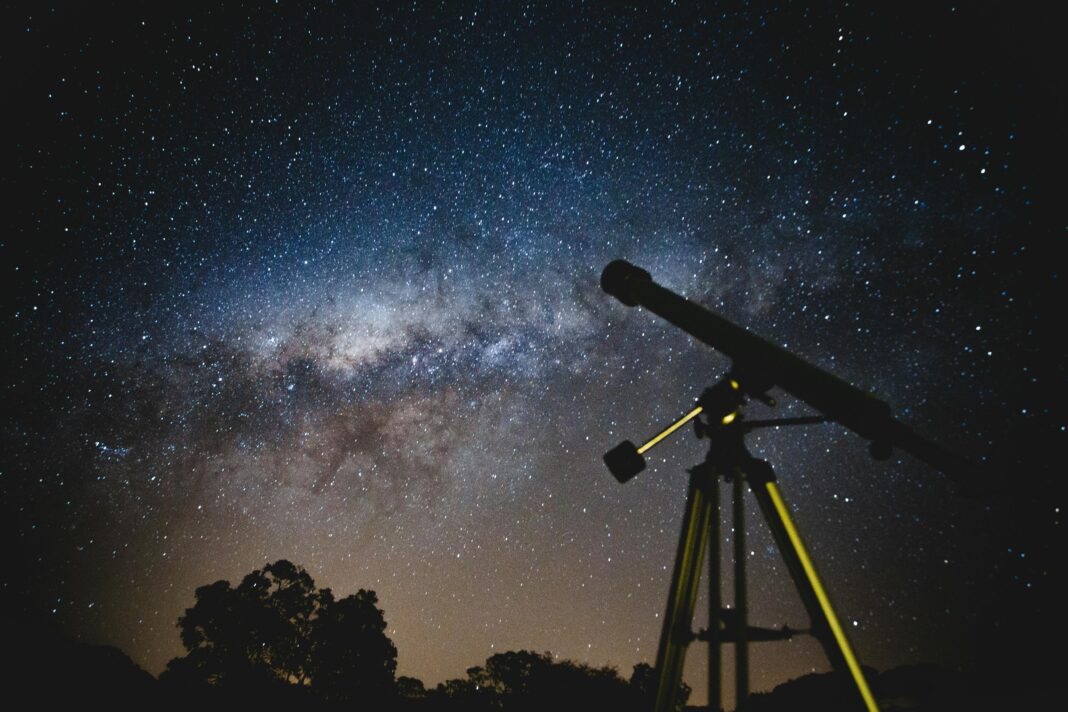Twice as massive as the Sun, the star HL Taurus has long been in view of ground-based and space-based telescopes
The ALMA radio astronomy telescope (ALMA) has provided the first detailed images of water molecules in the disk where planets can be born from the very young star HL Tauri (HL Tauri), AFP reported, citing research published in the journal Nature Astronomers.
“I never imagined that we could get an image of a water vapor ocean in the very region where a planet is likely to form,” said Stefano Facini, an astronomer at the University of Milan and lead author of the study.
Located in the constellation Taurus and very close to Earth – “only” 450 light-years away, the star twice as massive as the Sun HL Taurus has long been in the field of view of ground-based and space-based telescopes.
The reason is that its proximity and youth – at most one million years old – offer a spectacular view of its protoplanetary disk. It is the mass of gas and dust around a star that allows planets to form.
According to theoretical models, this formation process is particularly fruitful at a specific place on the disc – the ice line. This is where the water, which is in the form of vapor near the star, turns into a solid state as it cools. Thanks to the ice that covers them, the dust grains coagulate with each other more easily.
Since 2014, the ALMA telescope has been providing unique images of the protoplanetary disk, showing alternating bright rings and dark furrows. It is believed that the latter betray the presence of the seeds of planets, which are formed by the accumulation of dust.
The study recalls that other instruments have detected water around HL Taurus, but at too low a resolution to accurately delineate the ice line. From its high altitude of over 5,000 meters in Chile’s Atacama Desert, the European Southern Observatory’s (ESO) radio telescope is the first to define this limit.
The scientists also note that, to date, ALMA is the only facility capable of spatially resolving the presence of water in a cold planet-forming disk.
The radio telescope has detected the equivalent of at least three times the amount of water contained in all of Earth’s oceans. The discovery was made in a region relatively close to the star, with a radius equal to 17 times the distance between the Earth and the Sun.
Perhaps even more significant, according to Facini, is the discovery of water vapor at various distances from the star, including in space where a planet is currently possible to form.
According to the calculations of another observatory, there is no lack of raw material for its formation – the mass of available dust is thirteen times that of the Earth.
The study will therefore show how the presence of water can affect the development of a planetary system, as it did 4.5 billion years ago in our own solar system, Facini notes.
However, the understanding of the formation mechanism of the planets of the Solar System remains incomplete.
Illustrative Photo by Lucas Pezeta: https://www.pexels.com/photo/black-telescope-under-blue-and-blacksky-2034892/









